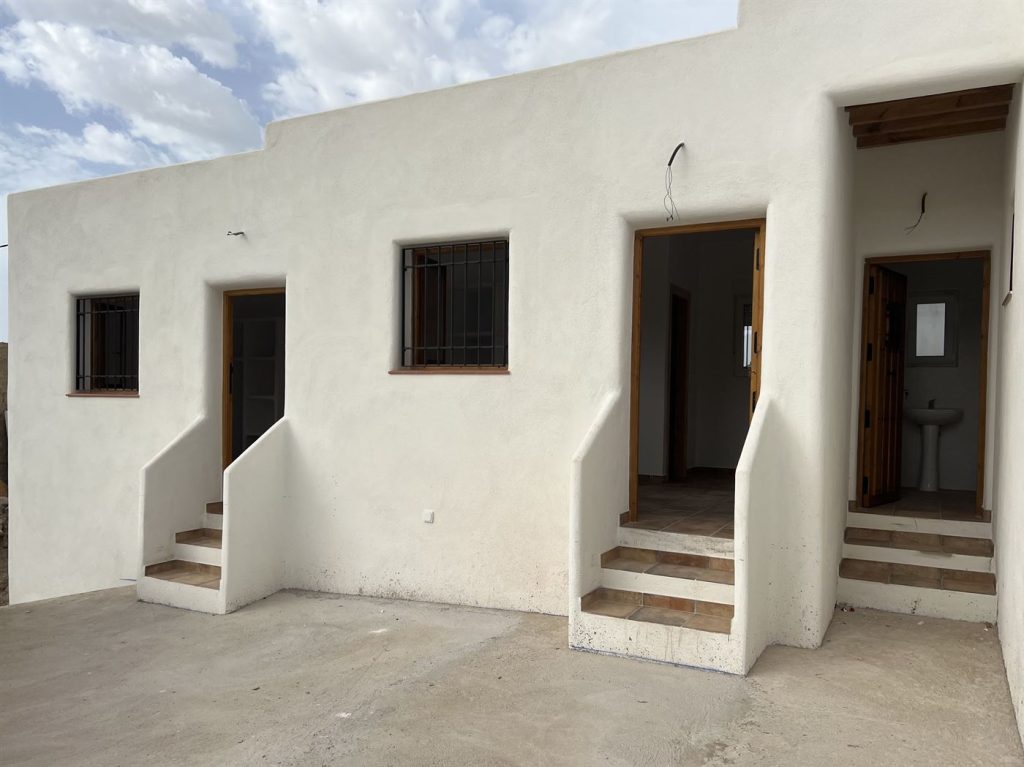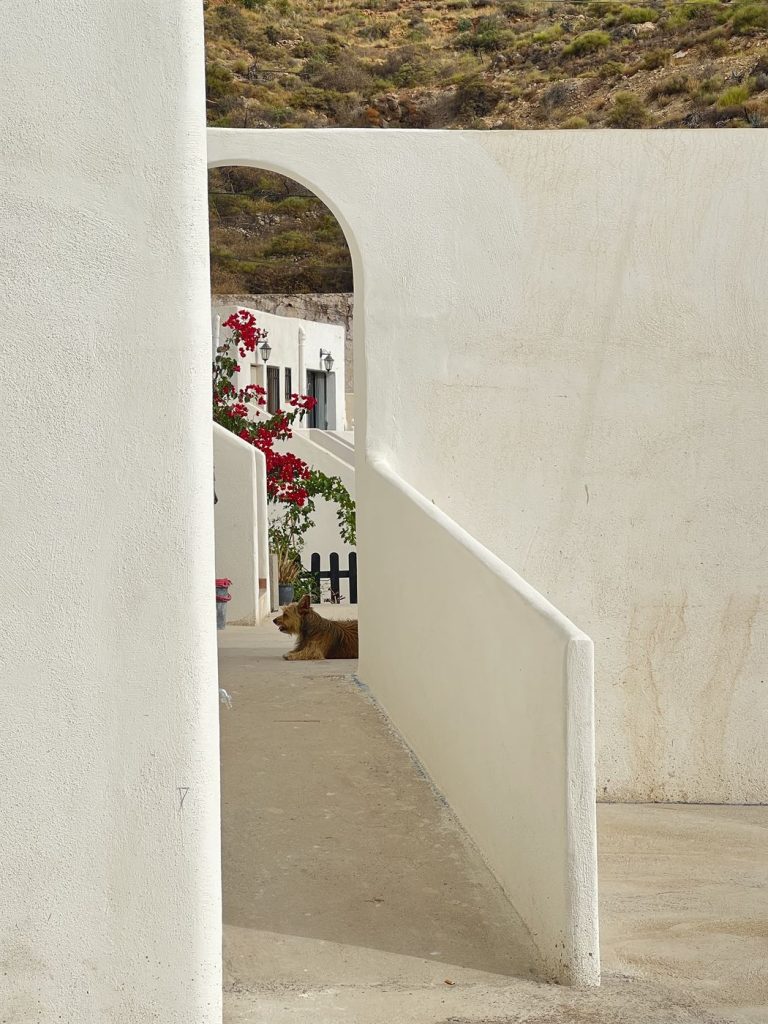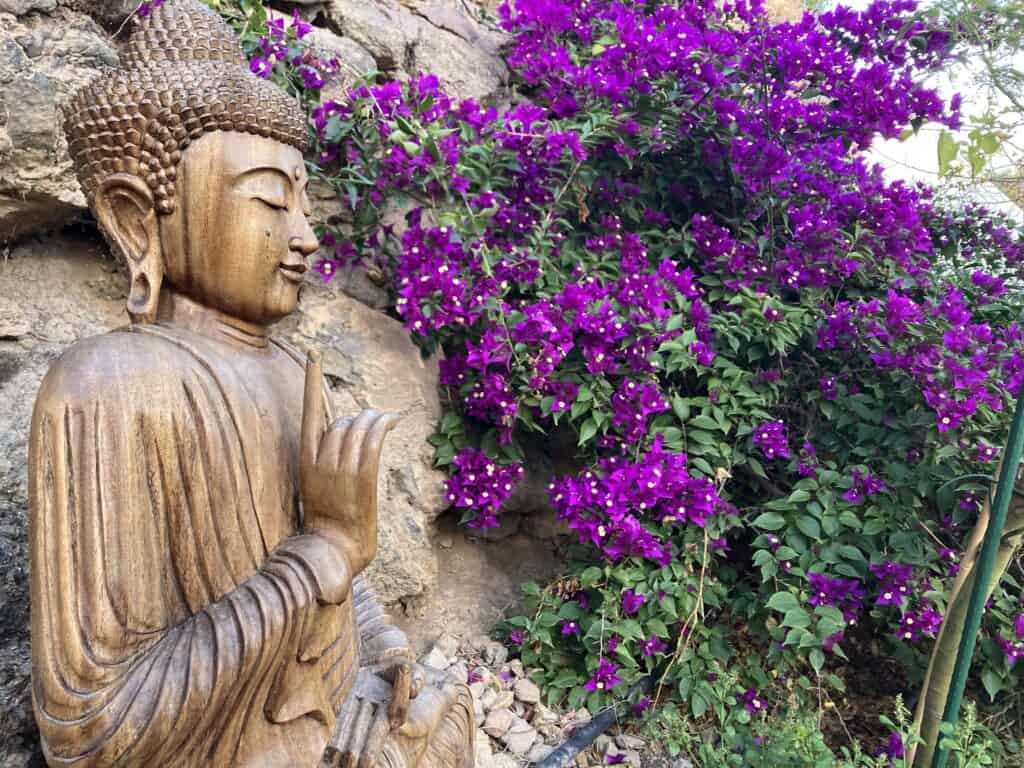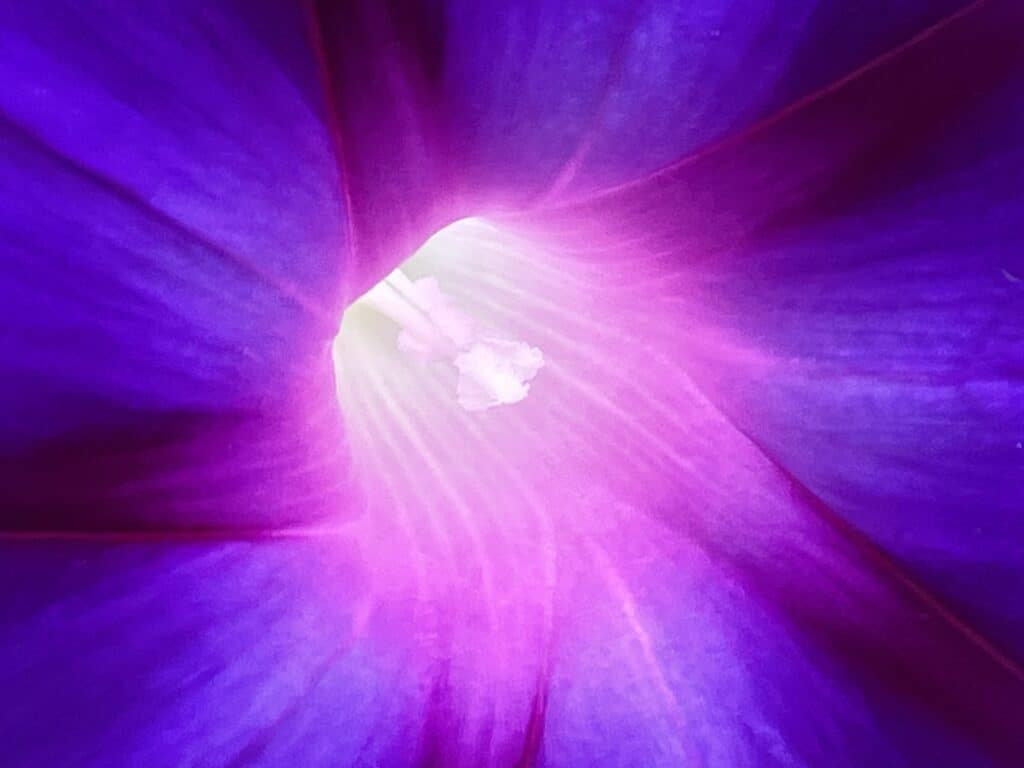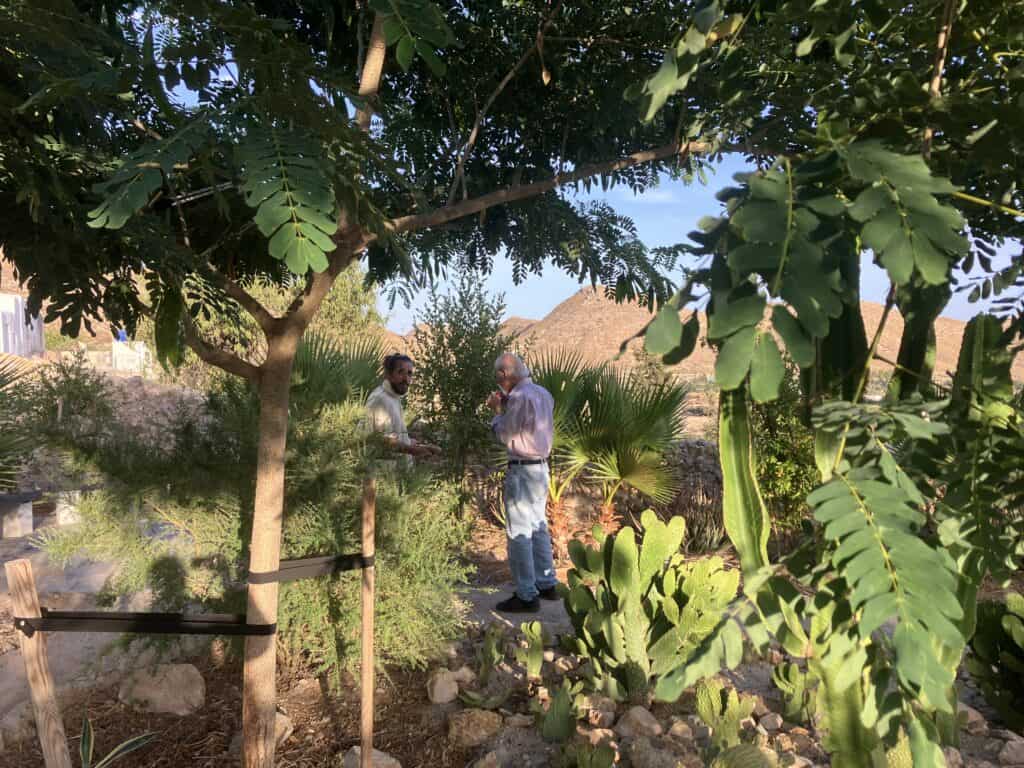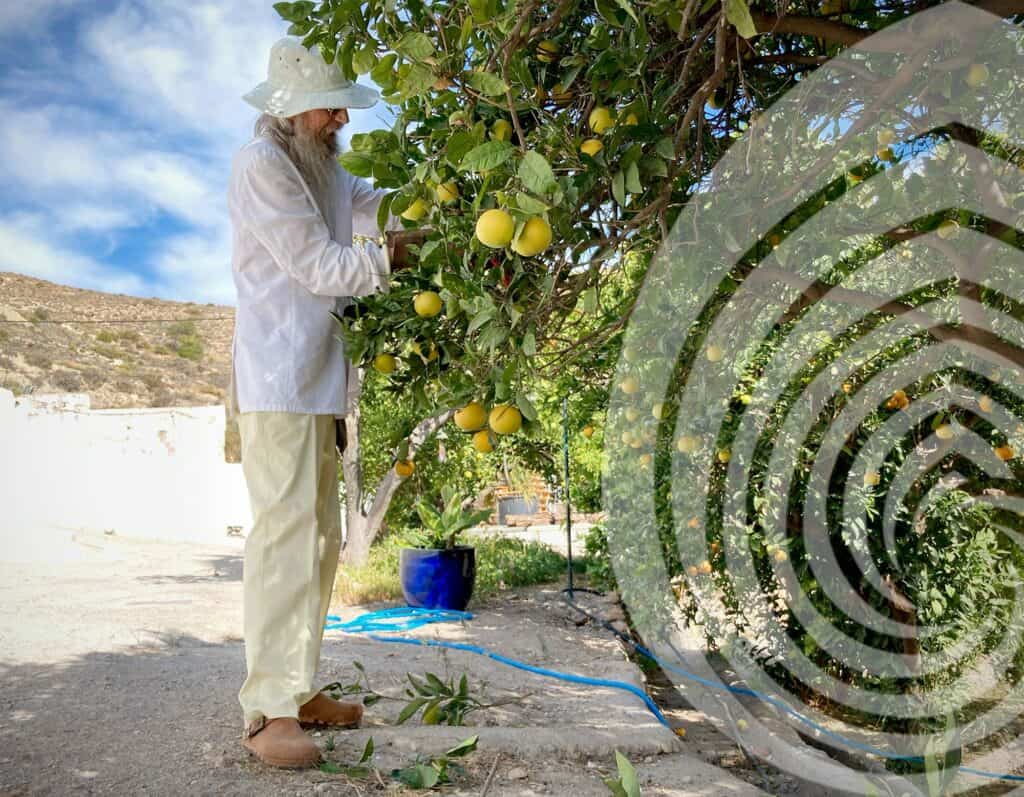The most intense heat has passed. Temperatures are still above 30 degrees Celsius, but being outside in the sun is more bearable. The evenings are noticeably becoming shorter, so after our supper there is a small hour left to do outside tasks. Nature is slowly coming back to life and we move along with the rhythm. More and more people find their way to Asharum Níjar, dedicating their lives to what this place is for. Huub, Andjani & Simran arrived last week and settled in the Asharum permanently. At the end of August some new people came by who were traveling the area looking for a new way of life. Acquaintances of one of our residents visited the Asharum as well. We live in service to that what is, and adapt to whatever life is bringing us. Whoever is in search of a sense of direction or wants to achieve an open attitude towards life, is welcome to explore that with us.
At the moment we take these calm times to prepare ourselves for the upcoming Silent Retreat, the restarting of the vegetable gardens and the further development of the garden.
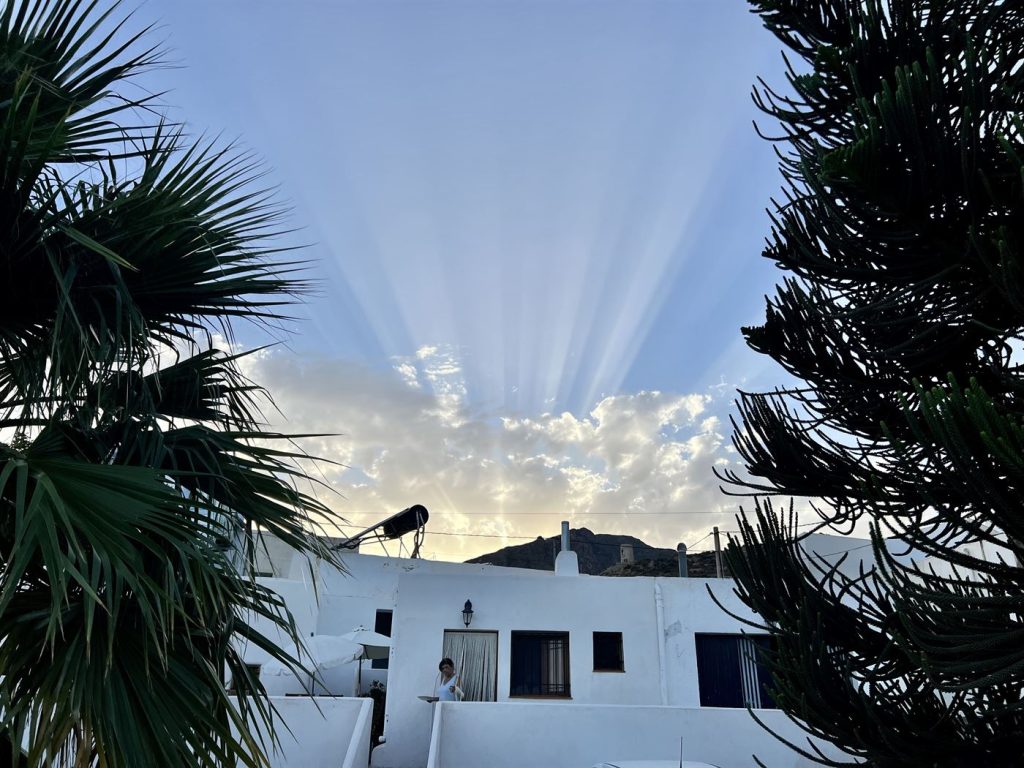
The garden of the Asharum Nijar: Back to the Roots
The end of August is characterized by the ripening of the almonds, the figs and the pomegranates. Our almond trees are still recovering from the negligence of the years before our arrival so the harvest is not what it could be. We are committed to helping the trees to revive and flourish. As they were near to dehydration they are still very susceptible to diseases and pests. We are treating them with our natural remedies that consist of neem oil and compost tea, and are enriching the soil with extra nutrients in the form of horse manure, compost and plenty of extra water.
The fig trees and pomegranate trees are more resilient to droughts and they are producing abundantly. We’ve been drying figs and making marmalade out of them and plan to do some chutney as well. With our wonderful hand press for oranges, we can also make pomegranate juice so a daily intake of nutrients and antioxidants is available for all that are here.
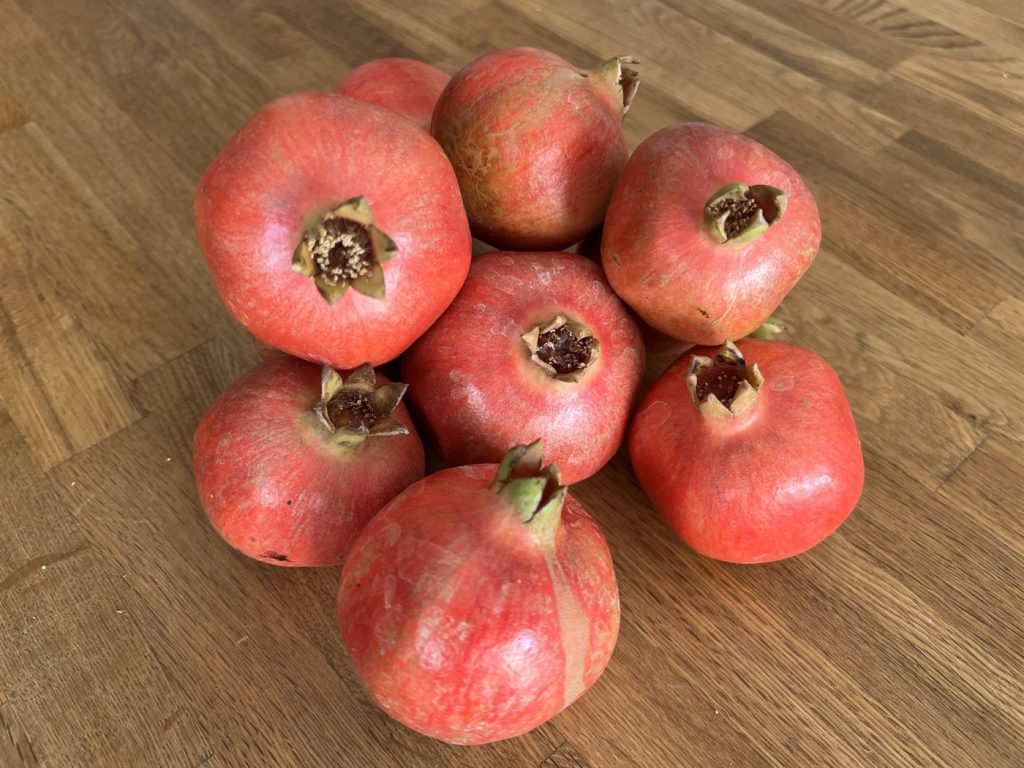
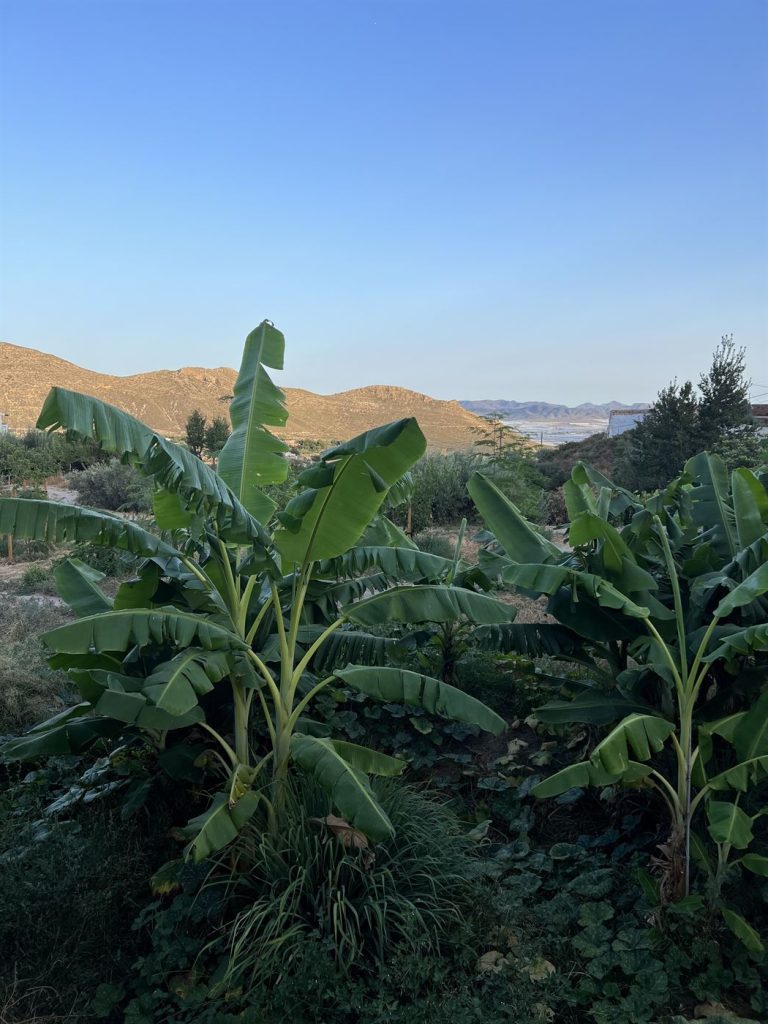
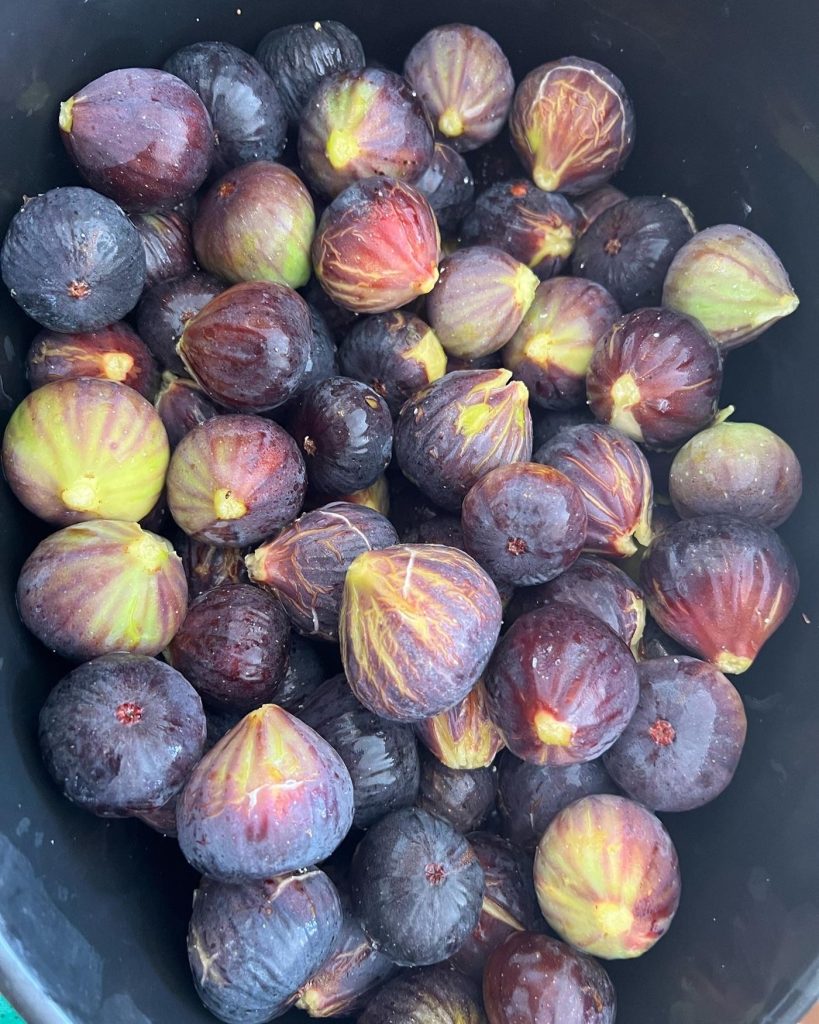
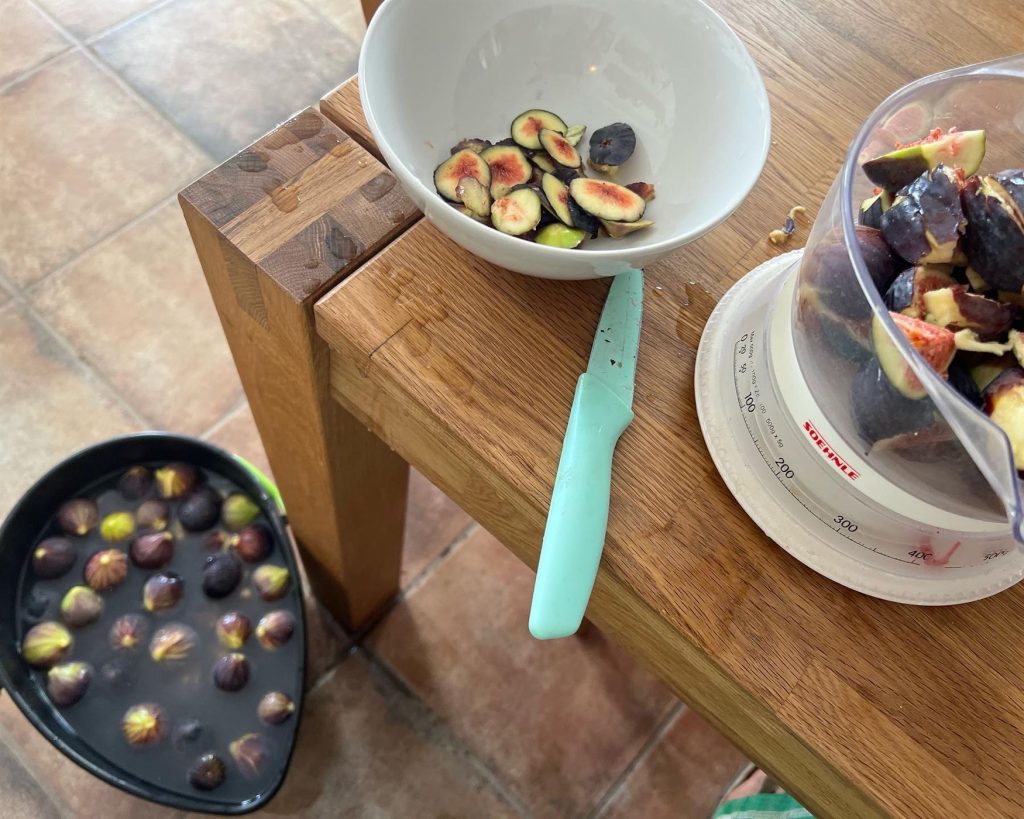
Plans for our vegetable gardens for the next season (September to December) have already been made. We will experiment with larger fields of cassava, yam and sweet potatoes. We also plan to create two more banana-circles as the first one is giving a lush feel to the garden. Next to that, we will plant cruciferous (vegetables of the family plant Brassicaceae, like broccoli, cauliflower, palm kale and swiss chard) and nightshade vegetables (vegetables of the plant family Solanaceae, like tomato, eggplant, paprika and peppers). Finding out the needs of the plants, discovering the limits imposed by the local climate and balancing that with our nutritional needs is one of the challenges we are living with.
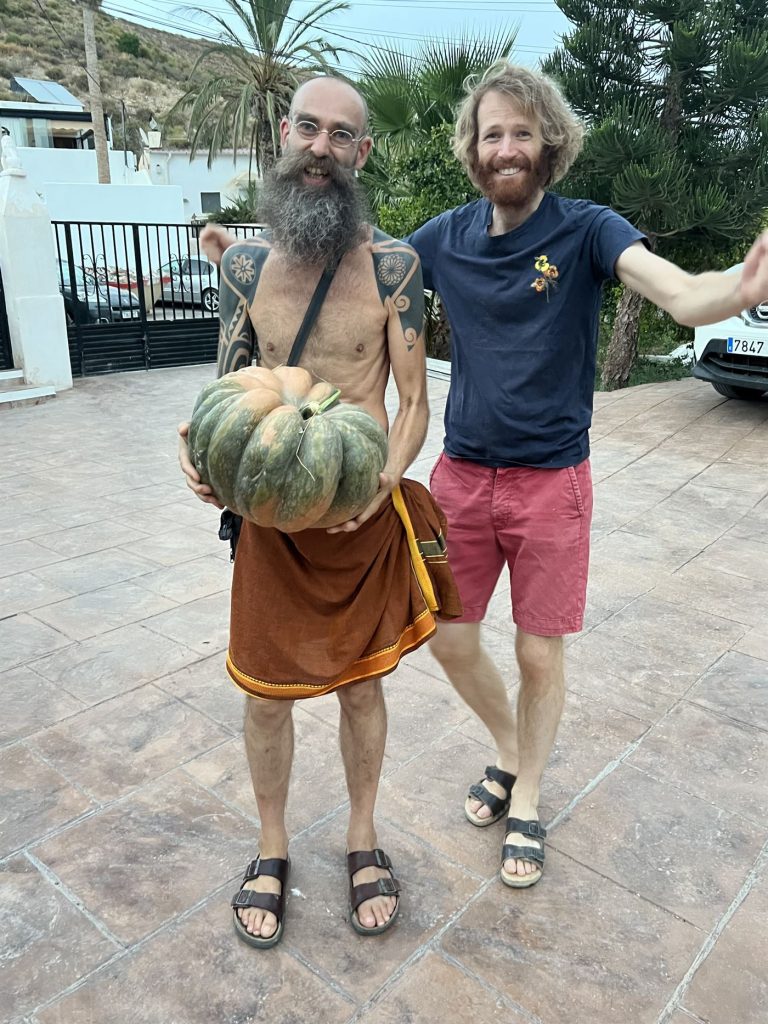
First pumpkin harvest
Although we live at the edge of a desert, the area is equipped with an ingenious system of water canals coming all the way from the snowy mountains of the Sierra Nevada. The building of this network of irrigation channels, known as acequias, was started by the Romans and perfected by the Islamic Moors of Arab and Berber descent. The word “acequia” derives from the old Arabic term “as-saqiya” meaning both water-bearer and barmaid. Hundreds of kilometers of acequia channels, nowadays raised and lined with concrete, tap into the aquifers high in the Sierra Nevada, from where we receive around 5,5 hours of water each 21 days. We truly live in an oasis, as besides these channels, a large underground aquifer is right beneath our feet. From there we can pump up extra water whenever we want.
Last week we were able to receive an extra dose of water from the centuries old system. We could take as much as we could use, so first we almost emptied out our water storage (our embalse as we call it in Spanish) and flooded a large part of our land and gave extra water to the older trees. To give you an idea of the amount of water we are talking about; the embalse is about 2,5m deep, 10m long and 7m wide so it can hold about 175.000 liters of water. Which is a low estimate, and not including the small embalse on the lower terrace. So after almost emptying the embalse, leaving less than half a meter of water so the fish would survive, we filled the embalse overnight with fresh water from the mountains. The water in our embalse has never looked so clear and it invites you to take a dip during the hottest hours of the day.
More building and improving
The two new rooms will be finished before the retreat, which is excellent timing as we’ve received many requests for the retreat and with these extra rooms we can accommodate 7 people in a single room. The terrace in front of the rooms will be tiled in Andalusian style and the kitchen will also be in use before the upcoming silent retreat.
After this building project, we would like to start with the centerpiece of the Asharum; our meditation hall. A large building already exists which we intend to remodel into a meditation hall and in case you’ve missed this, we are looking for funds to accomplish this next step, as material prices have been soaring. As we don’t see any relief in the rising of the material costs, we would like to commence as soon as possible. Our available resources have been spent to build the guest rooms and to plant and care for the trees and the garden, so we have opened up the possibility for (tax free) donations, or advance bookings, where for a certain amount you receive a certain number of nights which you can spend at your convenience. If you would like to know more about the options to donate or contribute, please contact us through contact@livingnam.org

